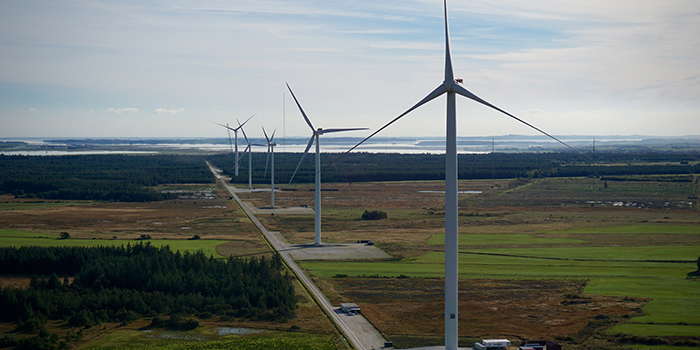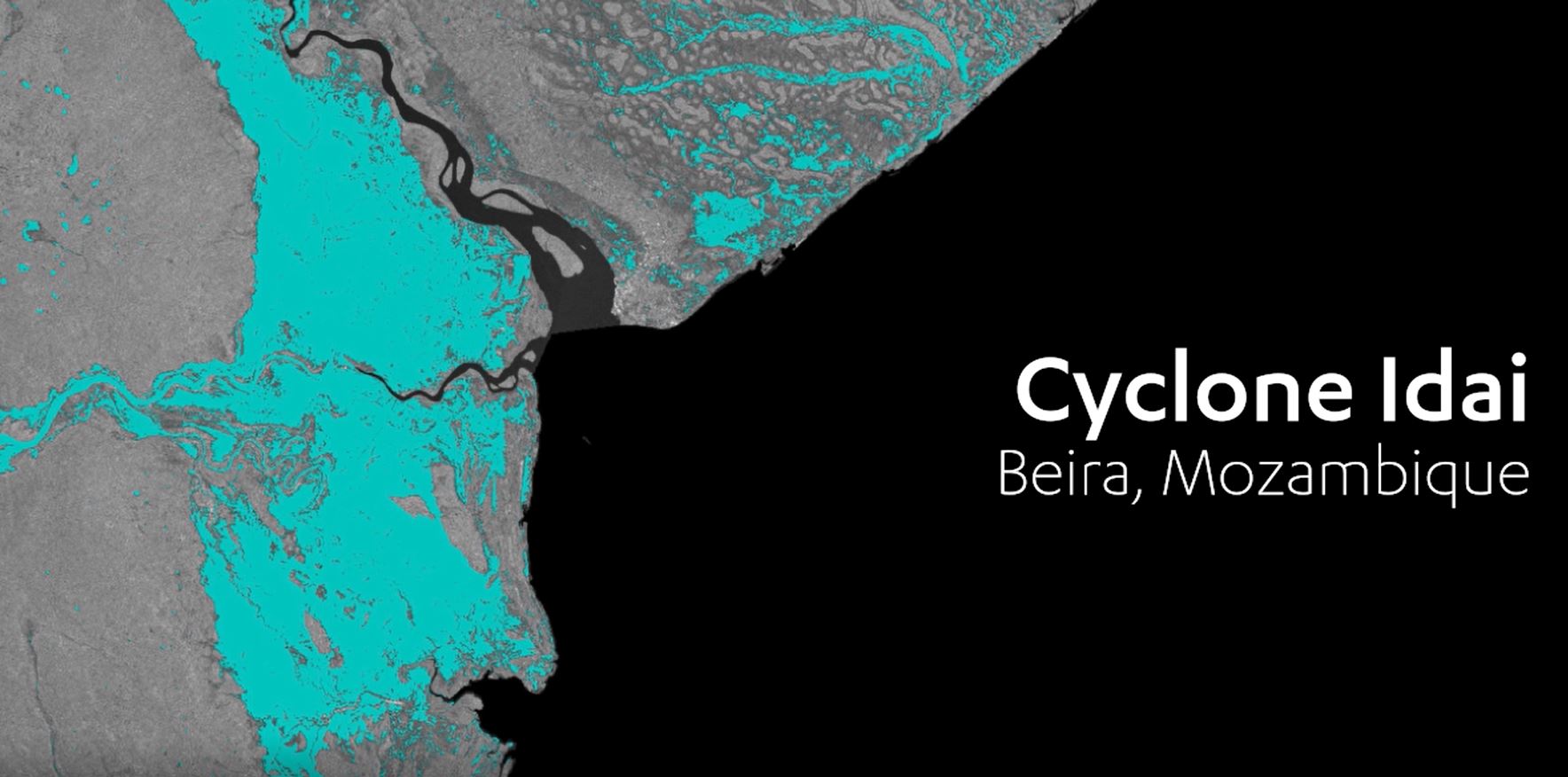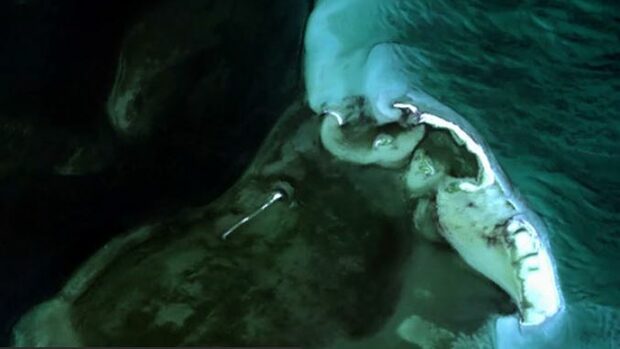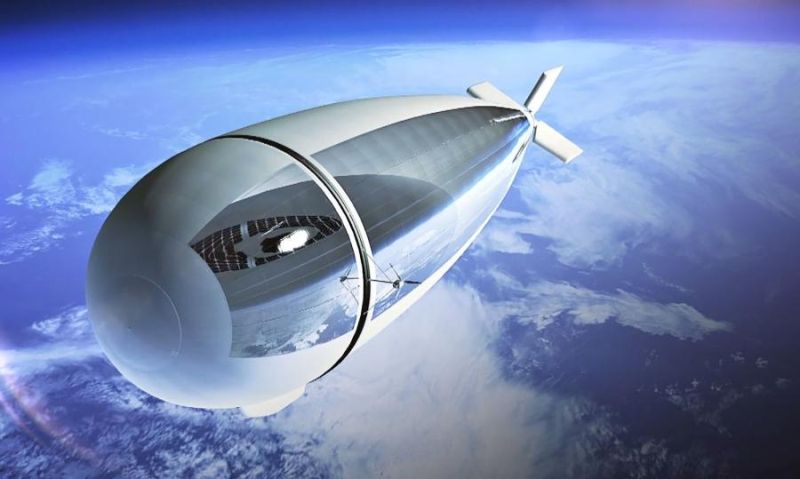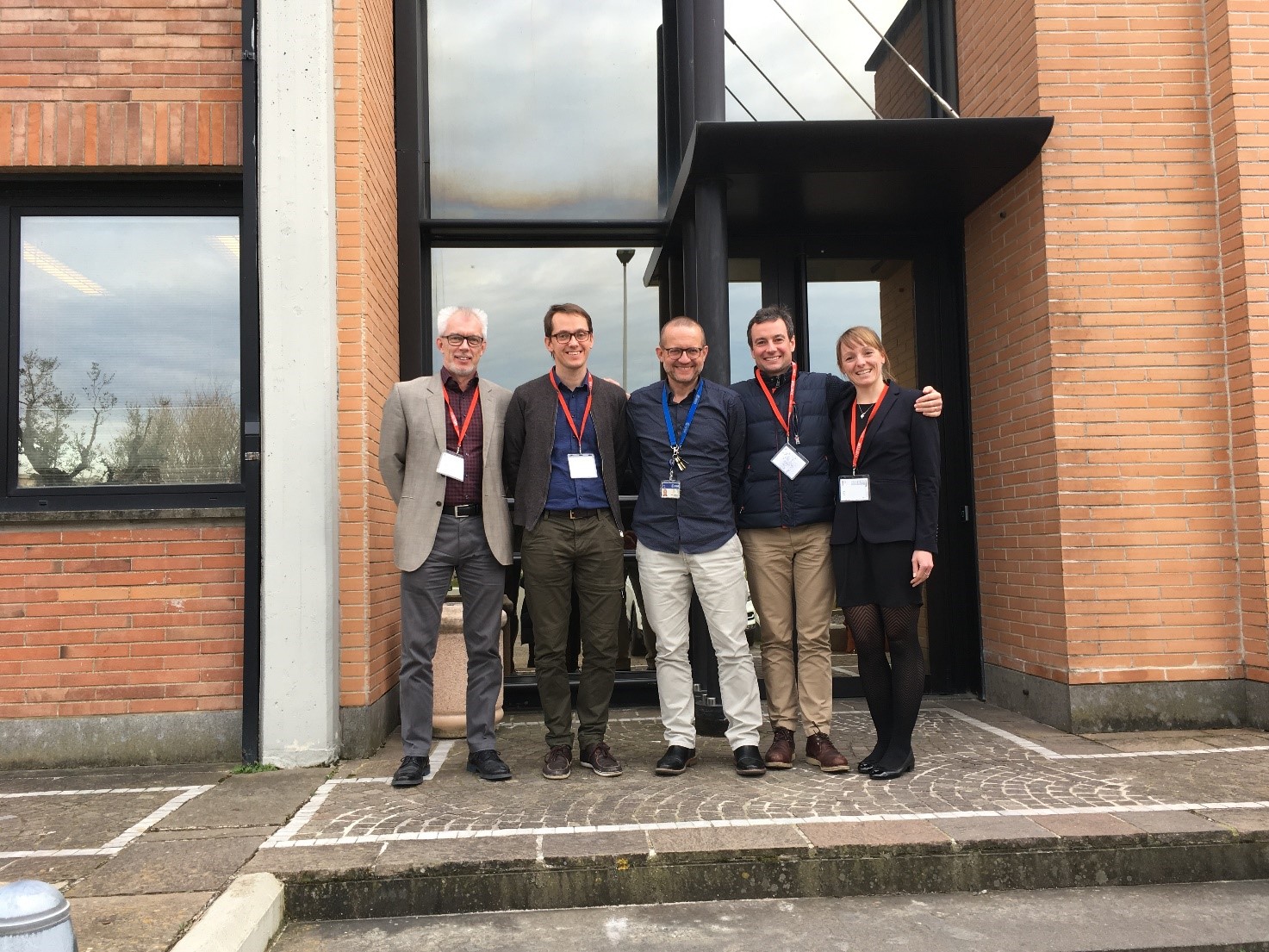Forest height mapping:
29 march 2019
One of the many key inputs to wind modelers is forest height information as forests have structural characteristics that affect the wind profile.
We have developed a model to predict forest heights using satellite-based methods. The models take the forest height calibration data and finds relationships between the known heights and the predicted variables from Sentinel and Landsat.
We validated the results by comparing predicted forest height estimations with the validation dataset achieving a Mean Absolute Error (MAE) of about 2 meters, which is well within the acceptable range needed for improved wind flow modelling.
Copyright: DHI GRAS, contains Copernicus Sentinel data (2019)
EOatDHI part of the DHI GROUP
gras@dhigroup.com
+45 4516 9100
Agern Alle 5,
2970 Hørsholm,
Denmark
CVR: 36466871

